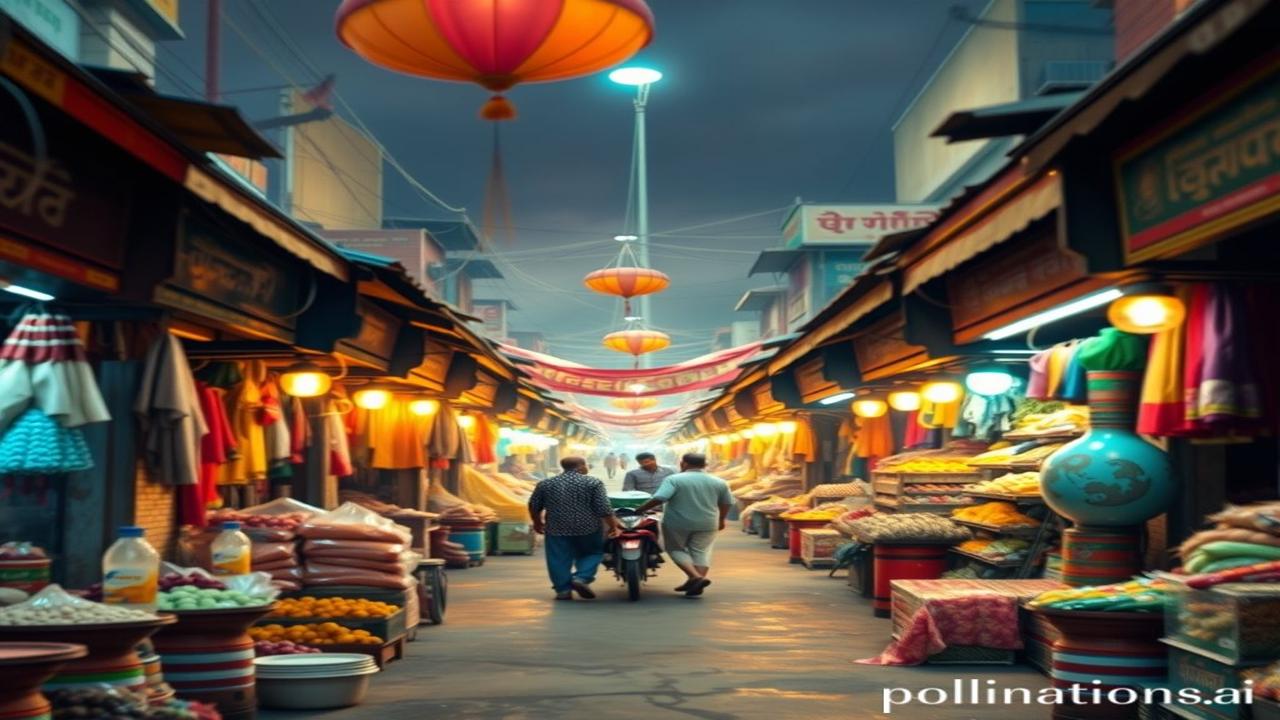Waqt Ki Dhool Mein Chhupi Bazaar Ki Kahani: Exploring Traditional Market Systems in India
Imagine yourself standing in a bustling marketplace, hundreds of years ago. The air is thick with the scent of spices, the rhythmic clang of the blacksmith’s hammer, and the lively chatter of merchants hawking their wares. Sunlight filters through woven awnings, illuminating vibrant textiles and glistening pottery. This wasn’t just a place to buy and sell; it was the heart of the community, a vibrant tapestry woven with trade, tradition, and human connection. That’s the magic of India’s traditional market systems – a story whispered through the ages, waiting to be rediscovered.
India Ke Bazaar: Ek Ithihasik Drishti (Historical Perspective)
So, what exactly are these “traditional market systems”? Think beyond just buying veggies! These were complex ecosystems where goods, ideas, and cultures intermingled. Dating back to the Indus Valley Civilization (around 3300-1700 BCE), markets have been integral to India’s social and economic fabric. From the ancient ‘hatti’ systems (small shops) to the grand bazaars of the Mughal era, these marketplaces were more than just trading posts. They were centers of knowledge exchange, social gatherings, and cultural expression.
The importance lies in their contribution to economic growth, artistic patronage, and the preservation of traditional crafts. Remember the Silk Route? India was a major hub, with its own network of internal markets feeding into this global exchange. Think bustling port cities like Lothal during the Indus Valley Civilization, or the opulent markets of Vijayanagara Empire, described by travelers as overflowing with gold, diamonds, and silks. These weren’t just places to shop; they were monuments to India’s prosperity and ingenuity.
Zameeni Sach: Logon Ki Zindagiyaan Aur Baazaar (Life of the People)
Let’s imagine life within one of these ancient bazaars. Picture a farmer from a nearby village, arriving with his cart laden with fresh produce. He exchanges it for tools made by the local blacksmith, essential for his next harvest. Nearby, a weaver meticulously crafts intricate patterns on silk, humming a traditional folk song as she works. Ma Rukmini, dressed in a vibrant sari, haggles with the spice merchant, carefully selecting the perfect ingredients for the evening’s family meal.
Rulers, too, played a crucial role. They often established market regulations, ensured fair trade practices, and even commissioned elaborate market complexes to boost trade and demonstrate their power. Imagine Emperor Akbar strolling through the Meena Bazaar within his fort, marveling at the exquisite craftsmanship and encouraging artisans to showcase their talent. These markets were not just about money; they were about relationships, community, and the celebration of skill.
Dharohar Aur Pehchaan: Aaj Ki India Mein (Cultural Significance Today)
While mega-malls and online shopping dominate today, the essence of the traditional market lives on in India’s bustling weekly markets, seasonal fairs, and artisan melas. Look closely, and you’ll find echoes of the past in the vibrant colors, the rhythmic haggling, and the strong sense of community.
These markets are a vital link to our Bharatiyata. They preserve traditional crafts, provide livelihoods for countless artisans and small-scale farmers, and offer a unique cultural experience that cannot be replicated online. From the vibrant pushkar camel fair to the local weekly haats in rural villages, these markets are living museums, showcasing India’s rich artistic and economic heritage. They remind us that true wealth lies not just in material possessions, but in the human connections and cultural values they represent.
Mazedar Tathya Ya Bhram-Bhanjak (Fun Fact!)
Log samajhte hain ki ‘bazaar’ sirf shopping ki jagah thi. Lekin asli sach yeh hai ki these markets were also important centers of knowledge and debate. Religious texts were often recited, philosophical discussions were held, and news and information were exchanged. They were the original social media platforms, connecting people from all walks of life!
Drishya Aur Bhavnayein (Sensory Details)
Close your eyes and imagine: the aroma of freshly baked bread mixing with the pungent scent of turmeric and chilies. The feel of roughspun cotton against your skin as you examine a handloom sari. The rhythmic beat of drums echoing from a nearby temple. The cacophony of voices bargaining, laughing, and gossiping. The sight of vibrant colors exploding from piles of flowers, spices, and textiles. These markets were a feast for the senses, a sensory overload that left you feeling alive and connected to the pulse of India.
Antim Vichar Ya Uddharan (Concluding Thoughts)
As we navigate the complexities of the modern world, let’s not forget the wisdom and resilience of our traditional market systems. They offer a valuable lesson: that trade can be more than just a transaction. It can be a force for community building, cultural preservation, and the celebration of human skill.
As the great Indian poet Rabindranath Tagore said, “The highest education is that which does not merely give us information but makes our life in harmony with all existence.” Perhaps, by revisiting the spirit of the traditional Indian bazaar, we can find a way to bring greater harmony and meaning to our own lives.
